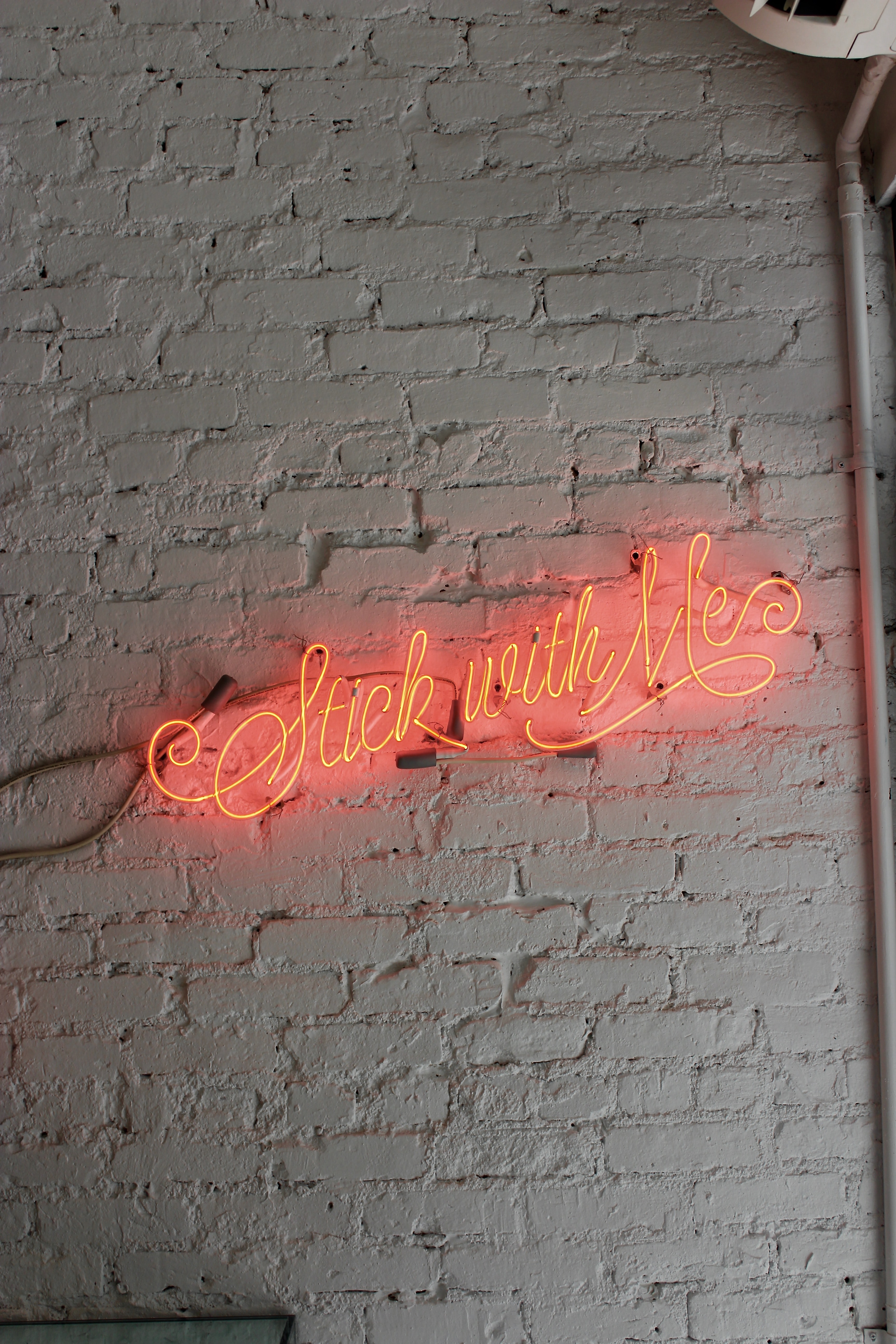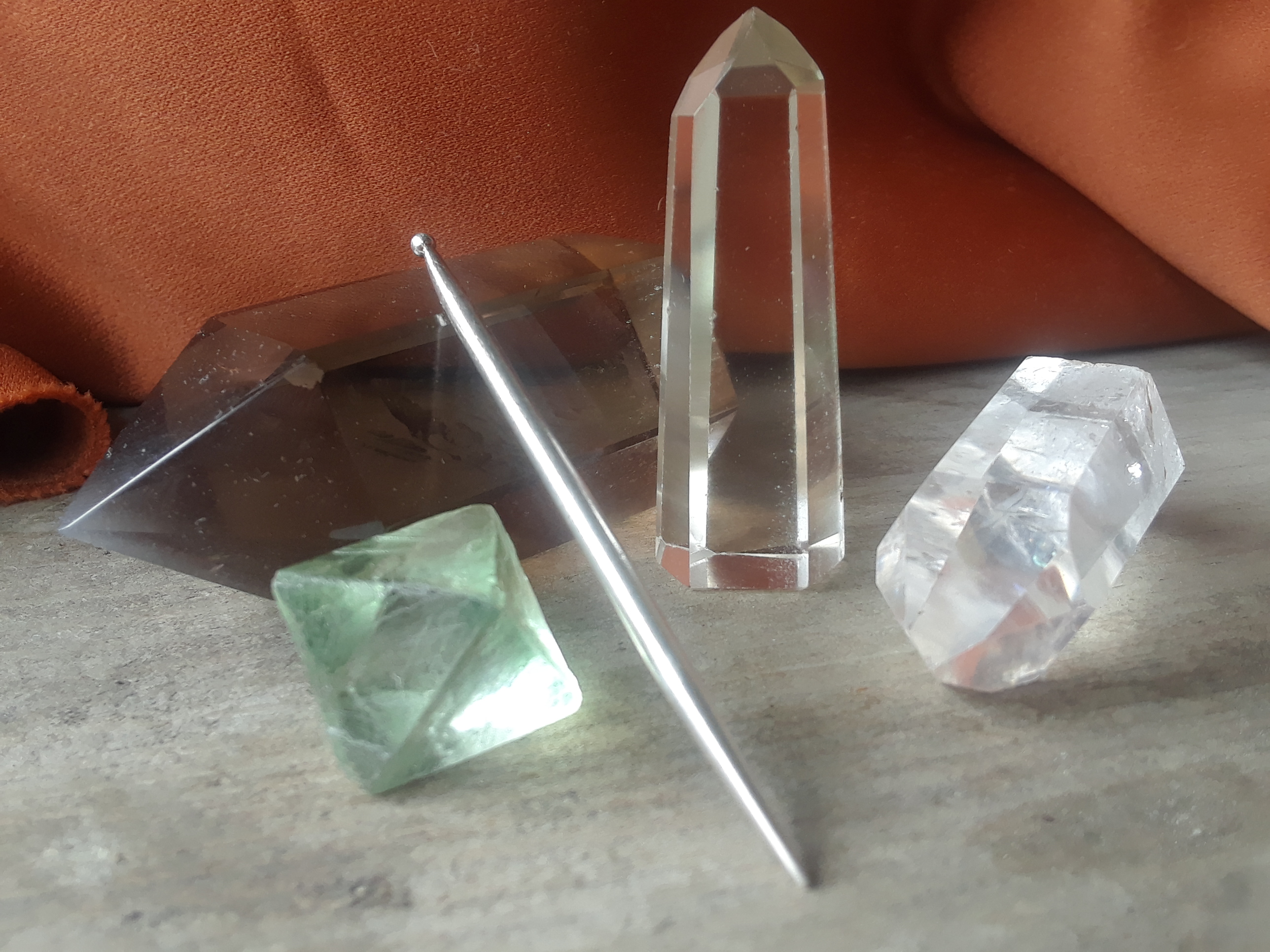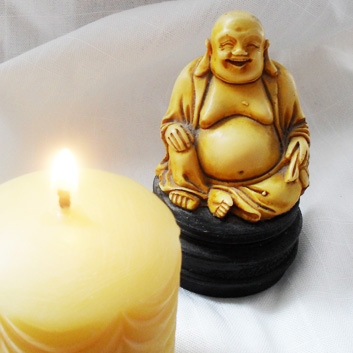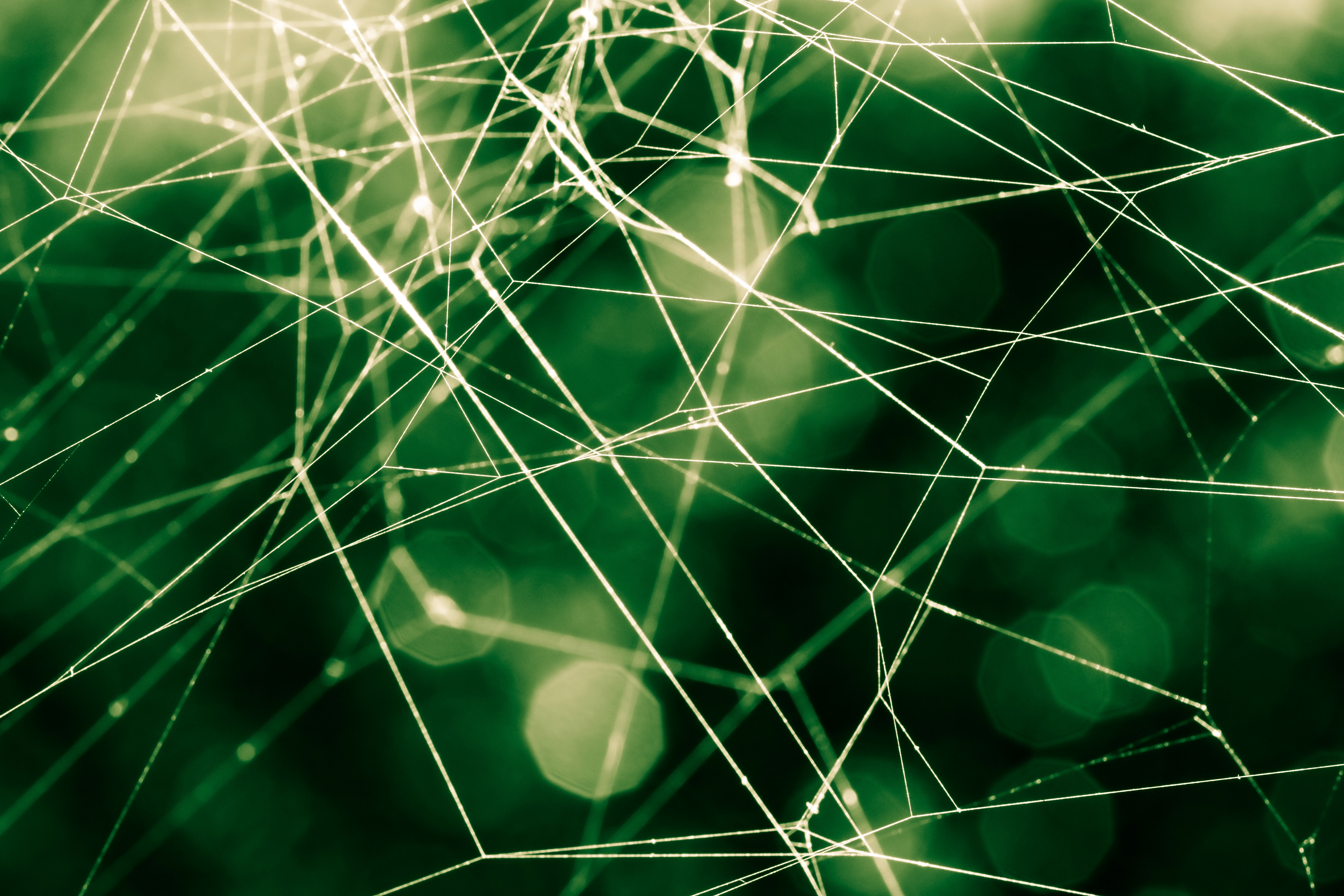Acupuncture
Acupuncture is an amazing compliment to utilize in a massage session because it easily supports the release of muscle tension.
Overall my needling technique is gentle so you can enjoy the relaxation and quick relief experienced when acupuncture is applied within a massage.
Needle protocol has hygiene in place with one time use of disposable needles.
Acupressure applies pressure with intention to acupuncture points throughout the body. Particularly potent points are located on the arms, legs and around the head. On the feet, hands and ears there are charted maps of reflexes on these smaller body parts that correspond to larger body areas, organs and glands, so pressure to a point on the foot or hand will affect the corresponding area in the body.
Besides using my fingers to tap on the skin, I may utilize a silver pin though there is no penetration beneath the skin. Other times I may use a crystal point in order to activate acupressure points in a massage session.
Specific points are activated to bring about physical, mental and emotional shifts. My expertise in energy medicine interweaves the benefits of acupressure into a massage/energy healing session.
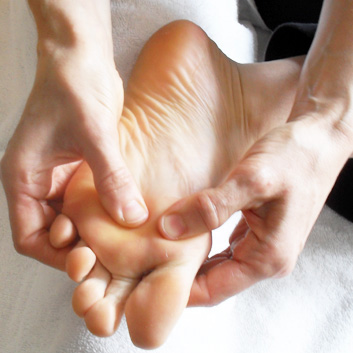
Suikudo means “The Way of Ancient Wisdom”.
At times I may incorporate aspects of Suikudo within sessions to support the treatment.
It is a healing practice created by Master Kikkawa from his knowledge of active neurorelease and cranio-sacral therapy, in conjunction with traditional Japanese shiatsu medicine.
Suikudo recognizes the prime role the brain plays in regards to the presence of pain and dysfunction. Therefore, Suikudo techniques aim to to readjust nervous system patterning and trigger the brain for the body’s self healing by connecting the nervous system and vital meridian pathways.
It was an amazing experience to study suikudo with Master Kikkawa when I was training in massage.
Top photo credit: Cory Bouthillette
Bottom photo: Shannon Potter

